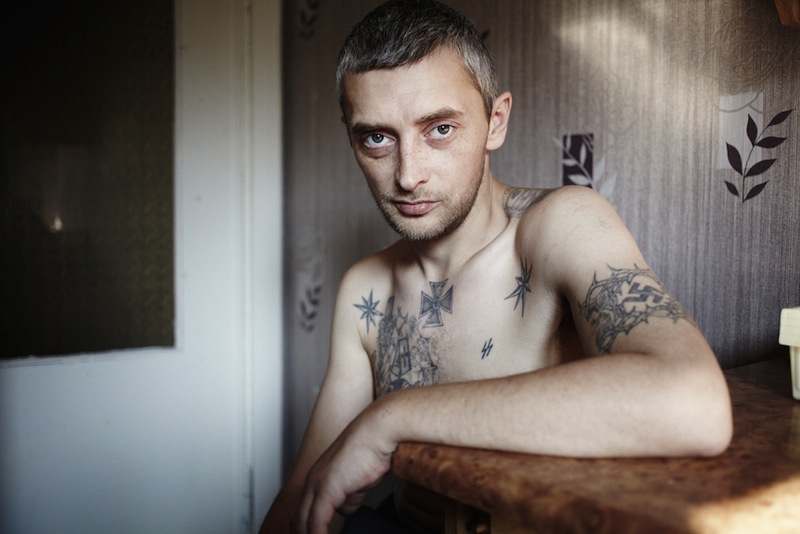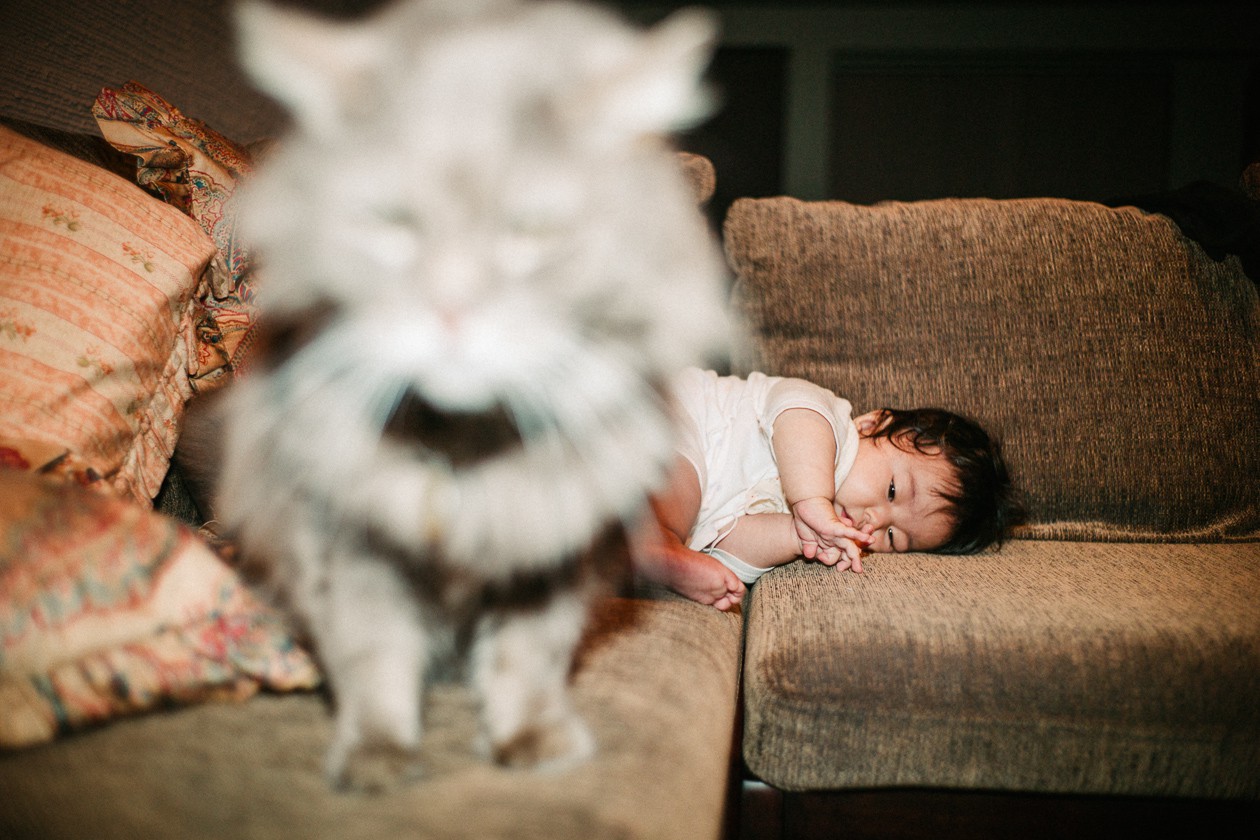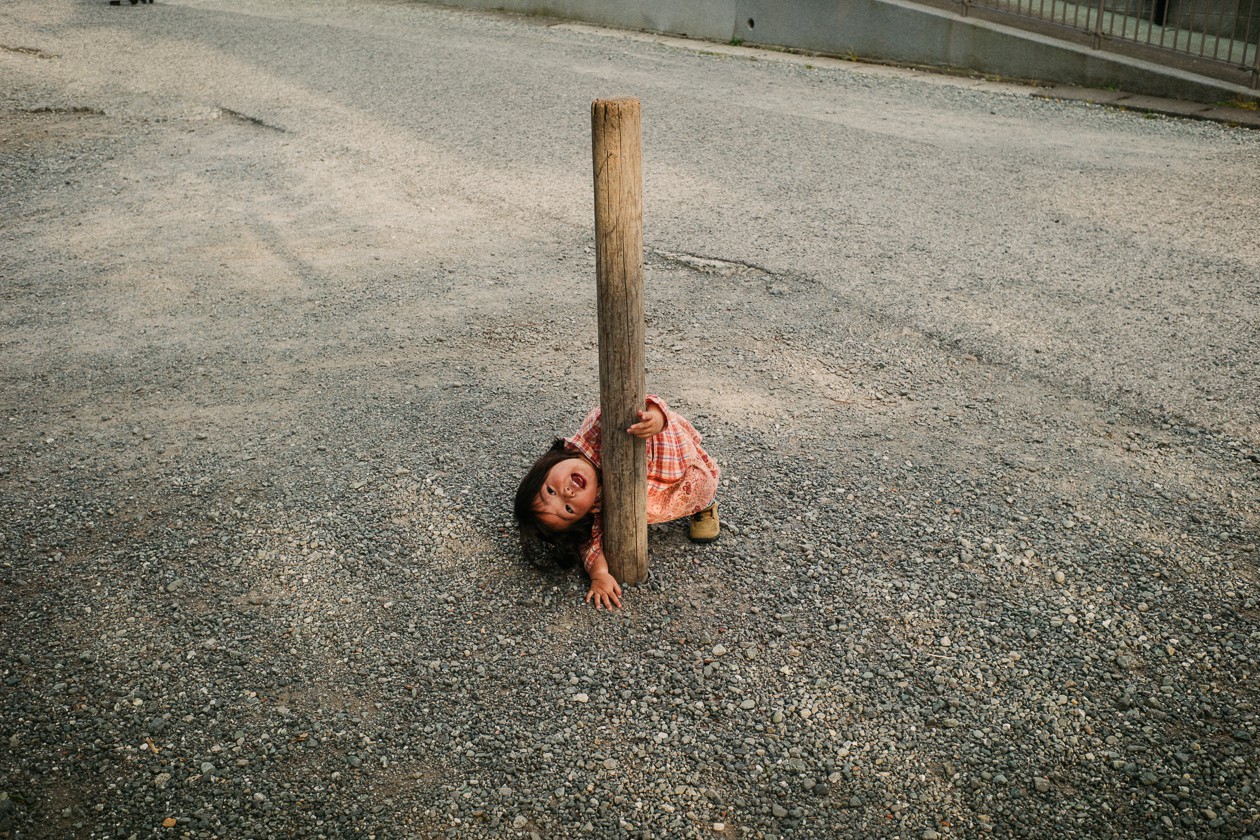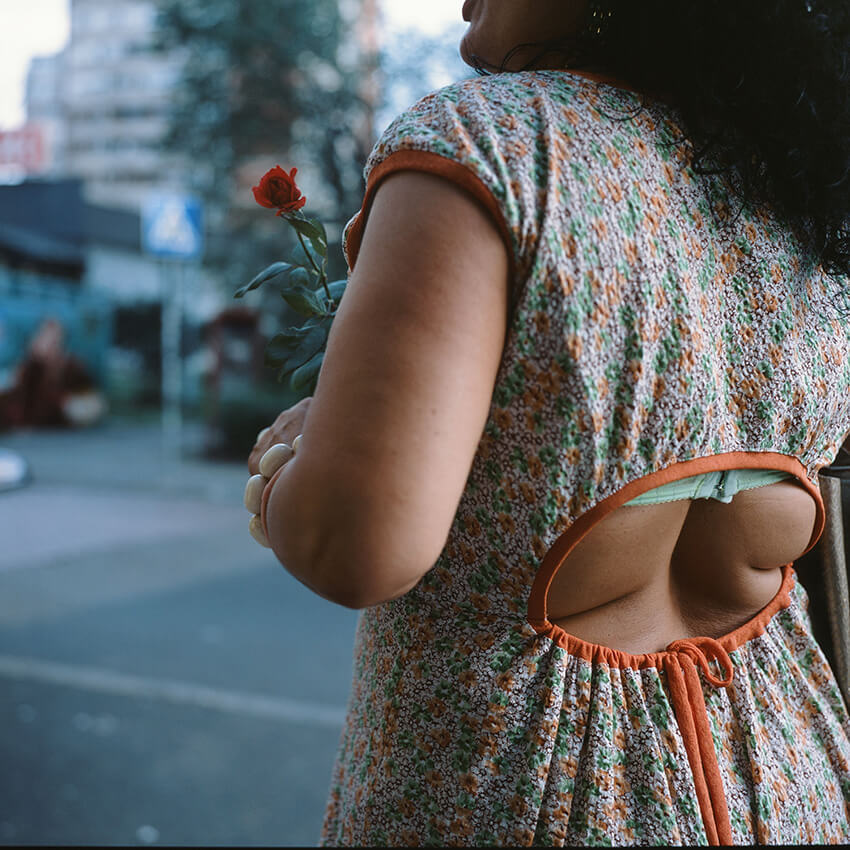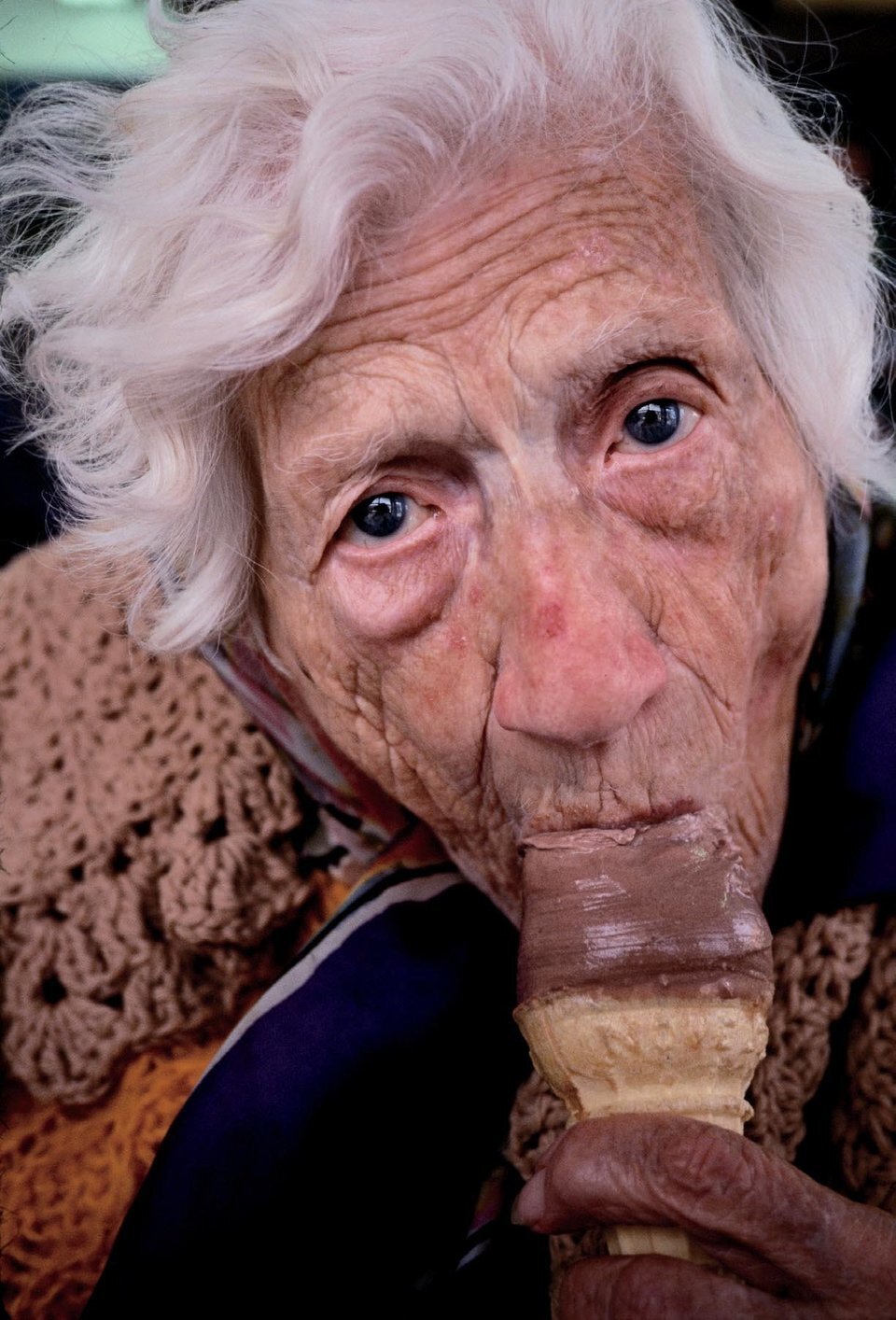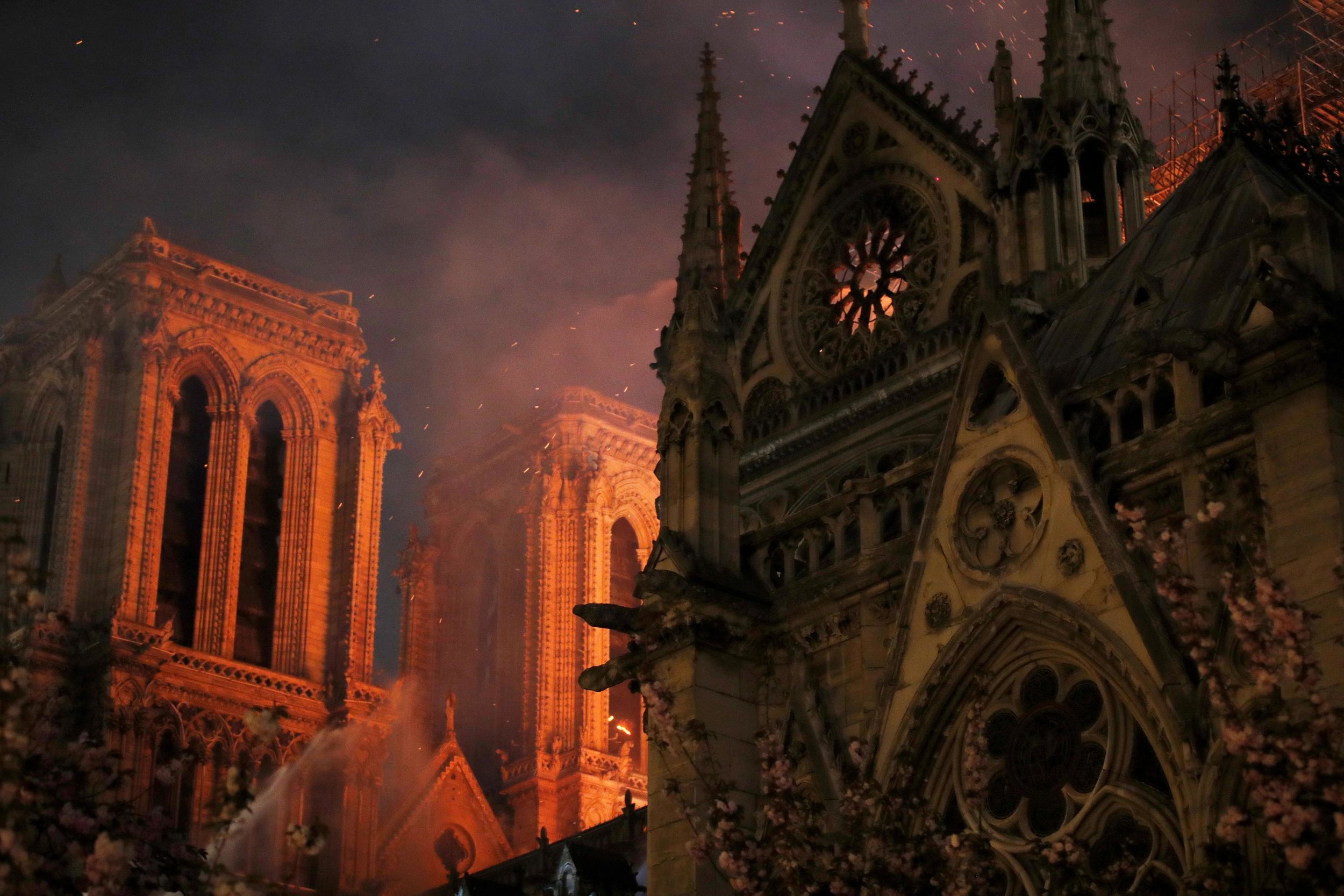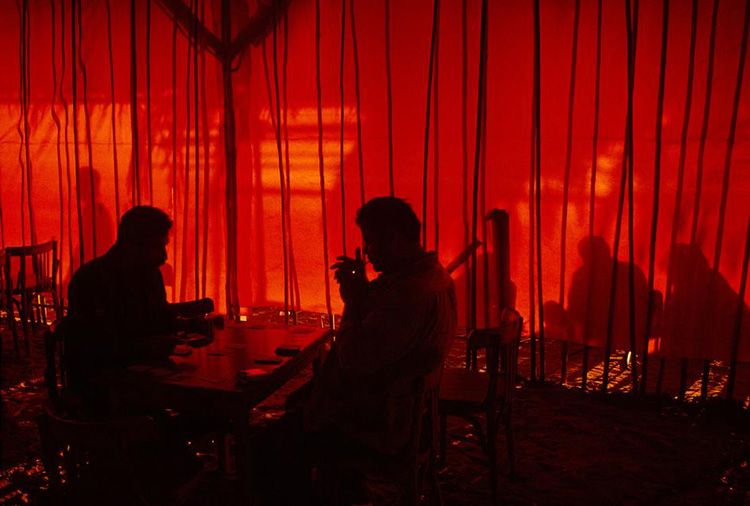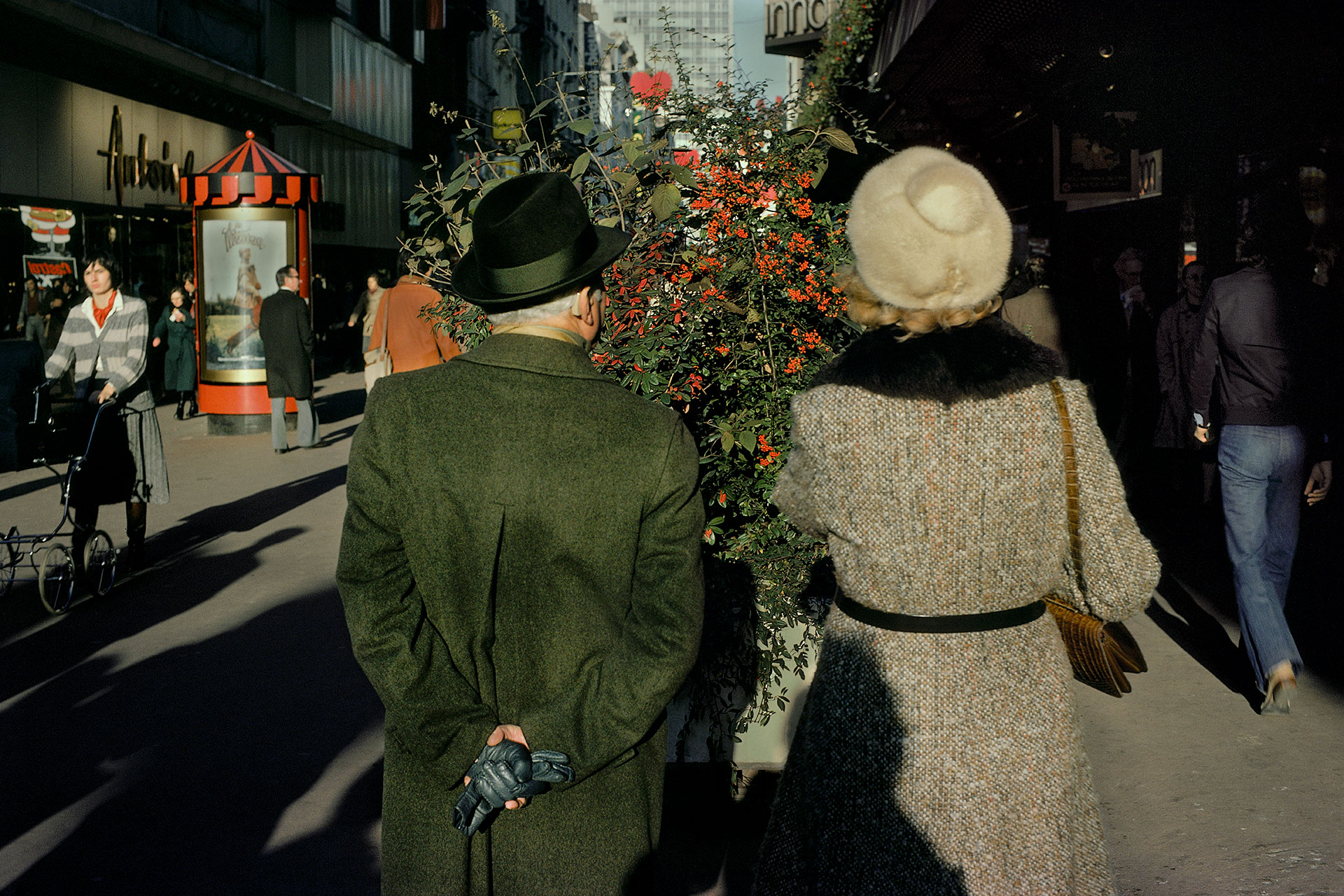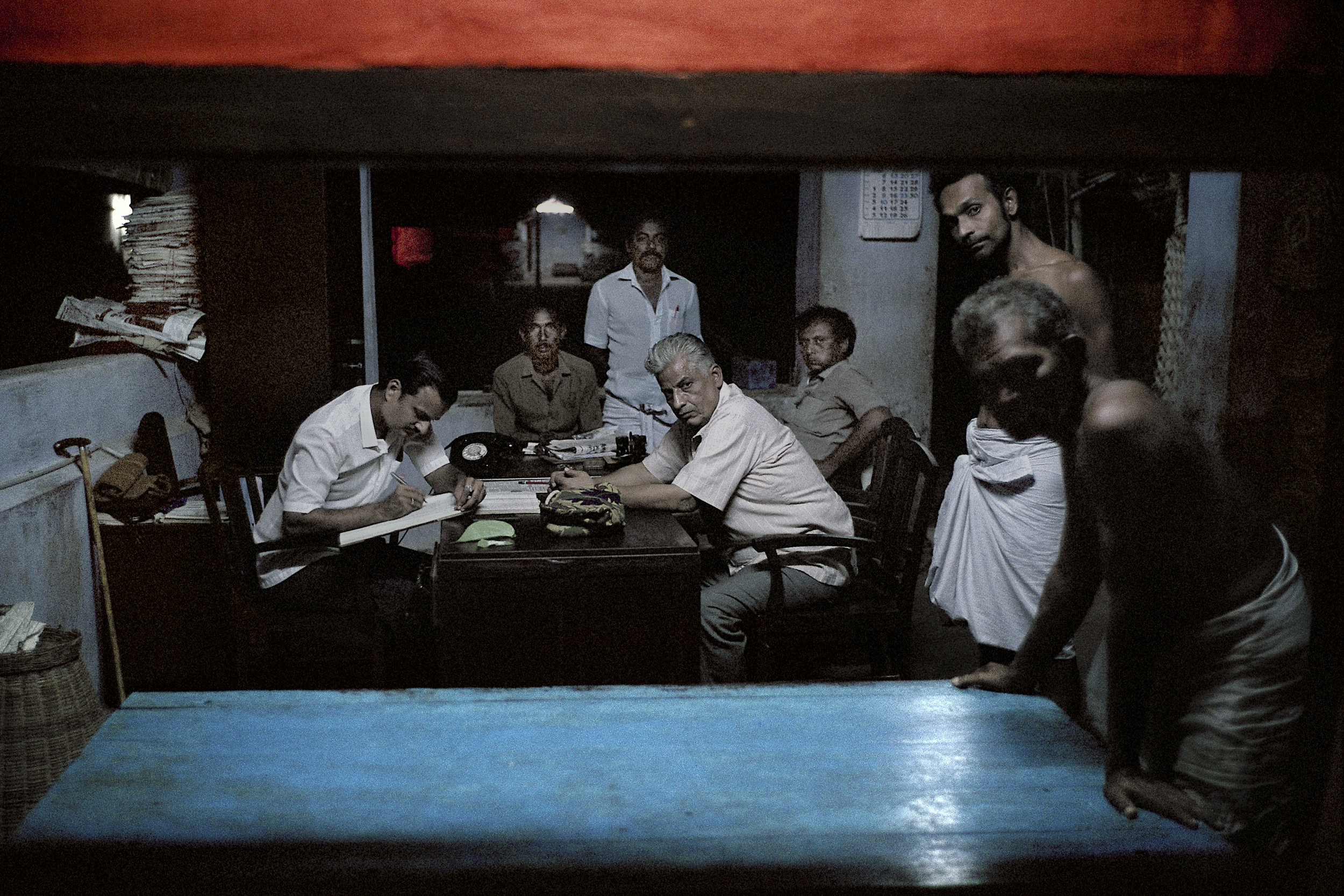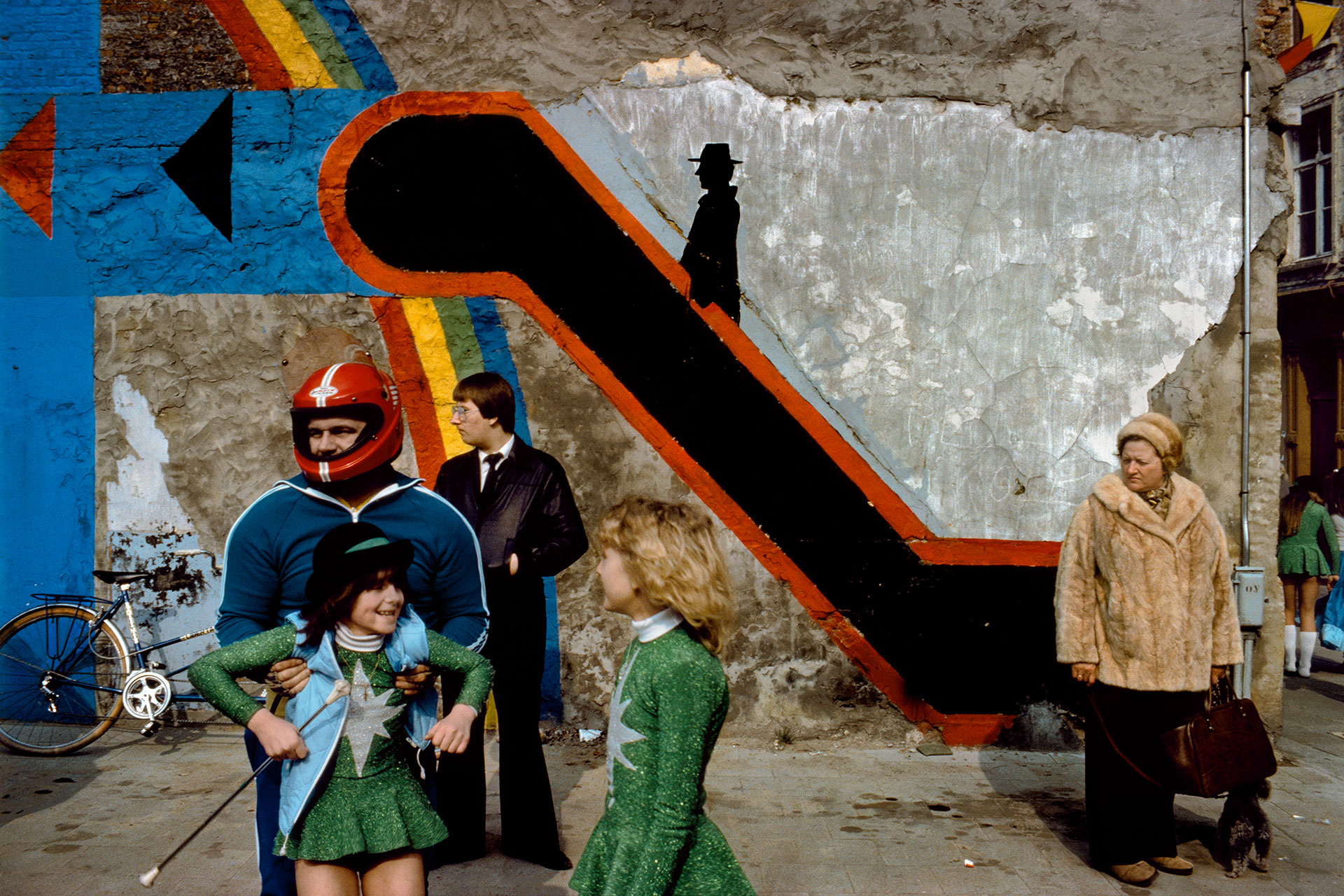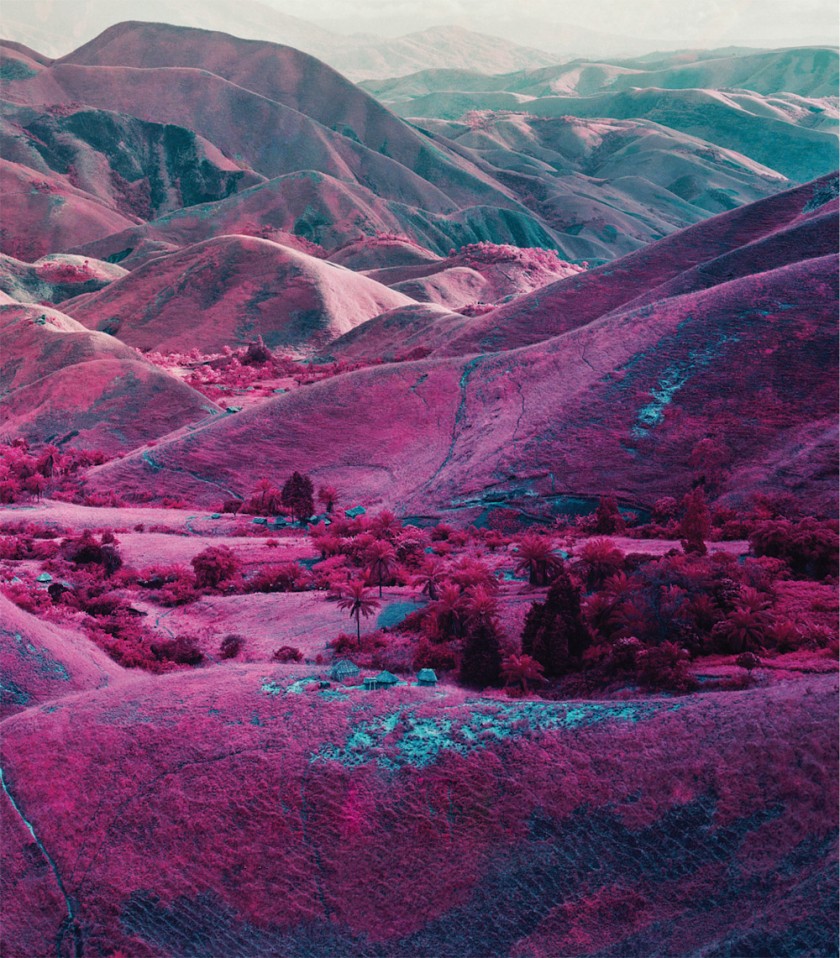“The French called this time of day 'l'heure bleue.'
To the English it was 'the gloaming.'
The very word 'gloaming' reverberates, echoes - the gloaming, the glimmer, the glitter, the glisten, the glamour - carrying in its consonants the images of houses shuttering, gardens darkening, grass-lined rivers slipping through the shadows.
During the blue nights you think the end of the day will never come.
As the blue nights draw to a close (and they will, and they do) you experience an actual chill, an apprehension of illness, at the moment you first notice; the blue light is going, the days are already shortening, the summer is gone... Blue nights are the opposite of the dying of the brightness, but they are also its warning.”
- Joan Didion
(From Blue Nights)
“The world is blue at its edges and in its depths. This blue is the light that got lost. Light at the blue end of the spectrum does not travel the whole distance from the sun to us. It disperses among the molecules of the air, it scatters in water. Water is colorless, shallow water appears to be the color of whatever lies underneath it, but deep water is full of this scattered light, the purer the water the deeper the blue. The sky is blue for the same reason, but the blue at the horizon, the blue of land that seems to be dissolving into the sky, is a deeper, dreamier, melancholy blue, the blue at the farthest reaches of the places where you see for miles, the blue of distance. This light that does not touch us, does not travel the whole distance, the light that gets lost, gives us the beauty of the world, so much of which is in the color blue.
For many years, I have been moved by the blue at the far edge of what can be seen, that color of horizons, of remote mountain ranges, of anything far away. The color of that distance is the color of an emotion, the color of solitude and of desire, the color of there seen from here, the color of where you are not. And the color of where you can never go. For the blue is not in the place those miles away at the horizon, but in the atmospheric distance between you and the mountains.”
[…]
“We treat desire as a problem to be solved, address what desire is for and focus on that something and how to acquire it rather than on the nature and the sensation of desire, though often it is the distance between us and the object of desire that fills the space in between with the blue of longing. I wonder sometimes whether with a slight adjustment of perspective it could be cherished as a sensation on its own terms, since it is as inherent to the human condition as blue is to distance? If you can look across the distance without wanting to close it up, if you can own your longing in the same way that you own the beauty of that blue that can never be possessed? For something of this longing will, like the blue of distance, only be relocated, not assuaged, by acquisition and arrival, just as the mountains cease to be blue when you arrive among them and the blue instead tints the next beyond. Somewhere in this is the mystery of why tragedies are more beautiful than comedies and why we take a huge pleasure in the sadness of certain songs and stories. Something is always far away.”
- Rebecca Solnit
(From a Field Guide to Getting Lost)
Sky above Clouds III by Georgia O’Keeffe, 1963.
[…]
Don’t stand there
with your offerings of dead sheep,
chunks of wood, young children, blood,
your wet eyes, your body
gentle and taut with love,
assuming I can do nothing about it
but accept, accept, accept.
I’m not the sea, I’m not pure blue,
I don’t have to take
anything you throw into me.
I close myself over, deaf as an eye,
deaf as a wound, which listens
to nothing but its own pain:
Get out of here.
Get out of here.
- Margaret Atwood
(From Selected Poems: 1965-1975)
Horace-Bénédict de Saussure’s cyanometer, an instrument to measure the blueness of the sky (ca. 1760).
P.S.
I close my eyes and see
a seagull in the desert,
high, against unbearably blue sky.
There is hope in the past.
I am writing to you
all the time, I am writing
with both hands,
day and night.
- Franz Wright
Femme bleue assise IV by Henri Matisse.
“Mostly I have felt myself becoming a servant of sadness.
I am still looking for the beauty in that.”
- Maggie Nelson
(From Bluets)
xez



















































